
Sogndalstrand is a small village in the very south of Rogaland. In this idyllic setting, you'll find Sogndalstrand Kulturhotell in a newly restored 18th/18th century wooden building.
Sogndalstrand is worth a visit. This is the only village in Norway where both the wooden buildings from the 18th and 19th centuries, as well as the surrounding cultural landscape, are protected by the National Heritage Board. Sogndalstrand was an old loading centre and a separate municipality until 1944. The loading point was a settlement where the citizens had the privilege of trading, importing (unloading) and exporting (loading) goods. Today we have Sogndalstrand Kulturhotell, an art gallery, country store, fishing museum and outdoor amphitheatre with varied concerts and plays throughout the year. You'll also find a sculpture breakwater, signposted hiking trails, sanitary facilities, a modern guest quay - and not least sea rafting.
Sogndalstrand Kulturhotell consists of 10 different buildings. An untraditional hotel - open for restaurant guests, accommodation, courses and conferences, celebrations and festive occasions. Folvik Kafé offers everything from simple dishes to the finest parties. There is a pub in the old prison, which is open some days, and courses and conferences are held in maritime premises. There is also a small general store with a range of local products.
Read more about Sogndalstrand Kulturhotell here
As early as the 1660s, Sogndalstrand was mentioned as one of the most important small towns in Norway. In 1858, the town became its own municipality, and even before that, it had held trading rights for centuries. In 1944, several outlying areas merged to form Sokndal municipality. By 1863, the town had over 500 residents.
Fishing was important for this coastal town. In 1886, 763 salmon were caught from the river, with an average weight of six kilograms. In addition to fishing, people made a living from trade, shipping, and agriculture. In the 1870s, there were 20 shops, four bakeries, two liquor stores, and four pubs. There was also a customs office, a bank, a spinning mill, a sailing harbor, a post office, a midwife, a priest, and even its own prison. This prison was often used as a drunk tank when things got out of hand on Saturday nights.
Norway's industrialization also affected Sogndalstrand. People moved to the cities and the herring disappeared, which caused difficulties for the fishermen. The shops closed, one after another, and Sogndalstrand eventually became a ghost town. The houses fell into disrepair, and the last shop closed in 1994.
The whole village was eventually abandoned. However, Eli and Jan Oddvar Omdal became interested in Sogndalstrand, and in 1994 they rented "Krambua" (from 1862) and started Krambukafé, as an idealistic commitment to focus on this unique place of residence. The hotel started in one of the buildings of the old Skredderhuset (from 1831), and today Sogndalstrand Kulturhotell consists of 10 different buildings, which accommodate both private guests and have great conference rooms with views directly to the salmon river Sokna. The hotel also has a restaurant with a focus on local, homemade food. The oldest building dates from 1831 and all the rooms are unique. The settlement in Sogndalstrand has been preserved since 1994 - along with the surrounding cultural landscape. The National Heritage Board has named the place "Røros of the Coast".
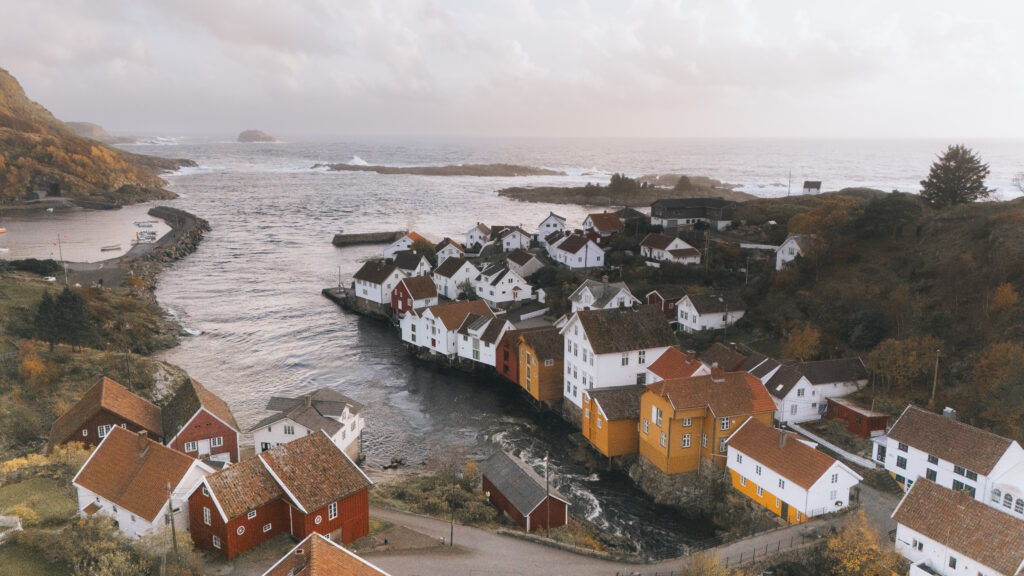
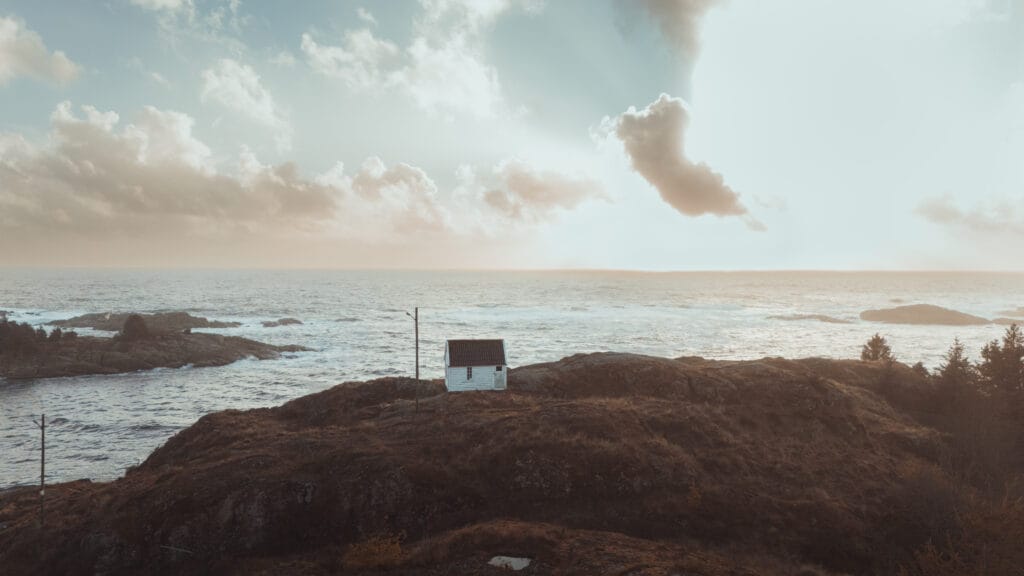
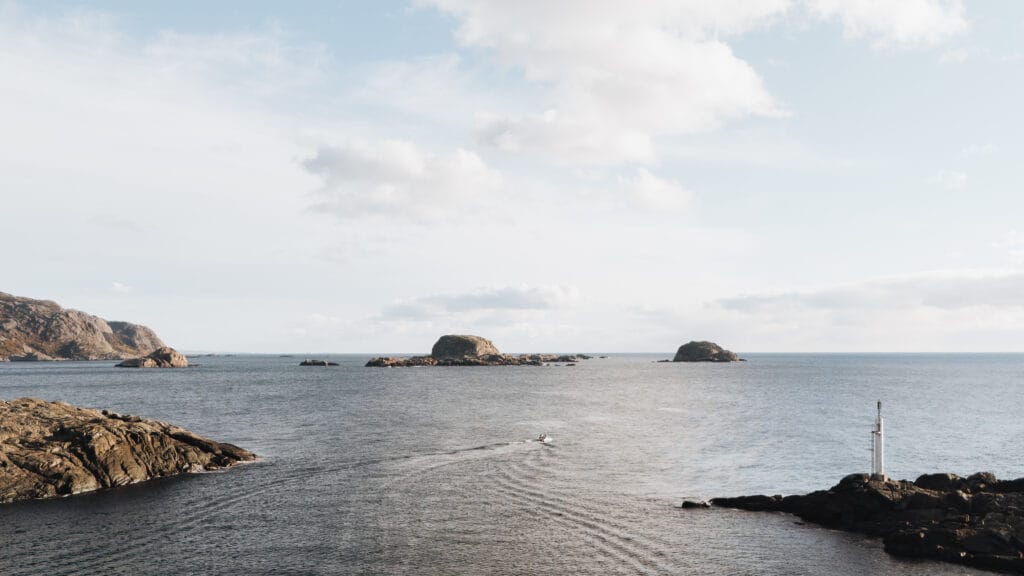
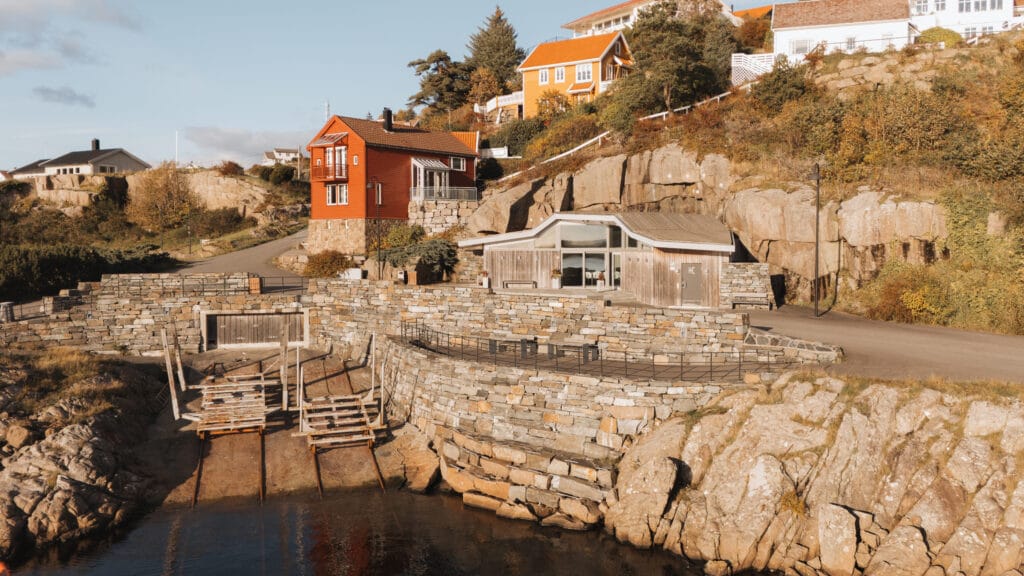
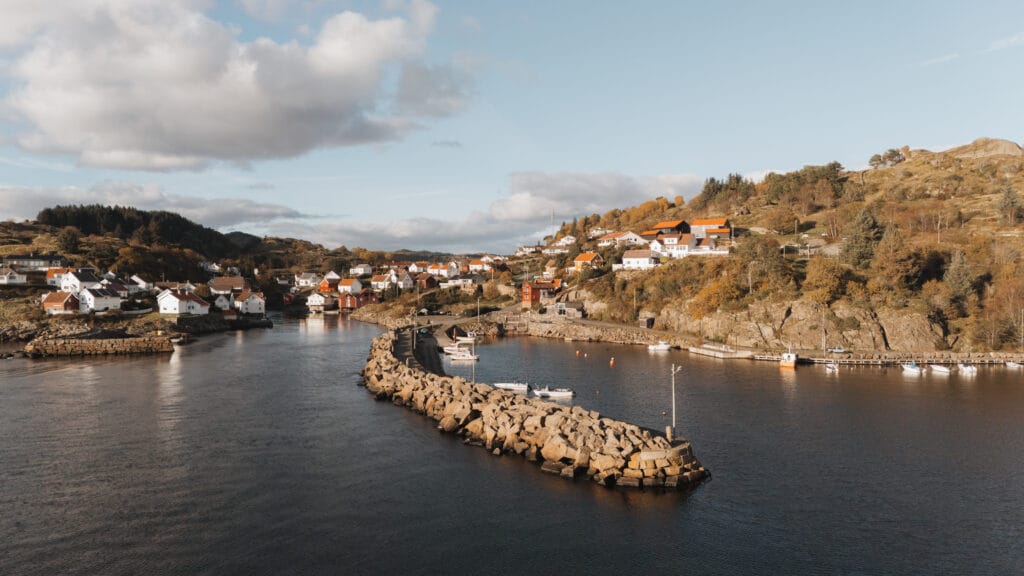
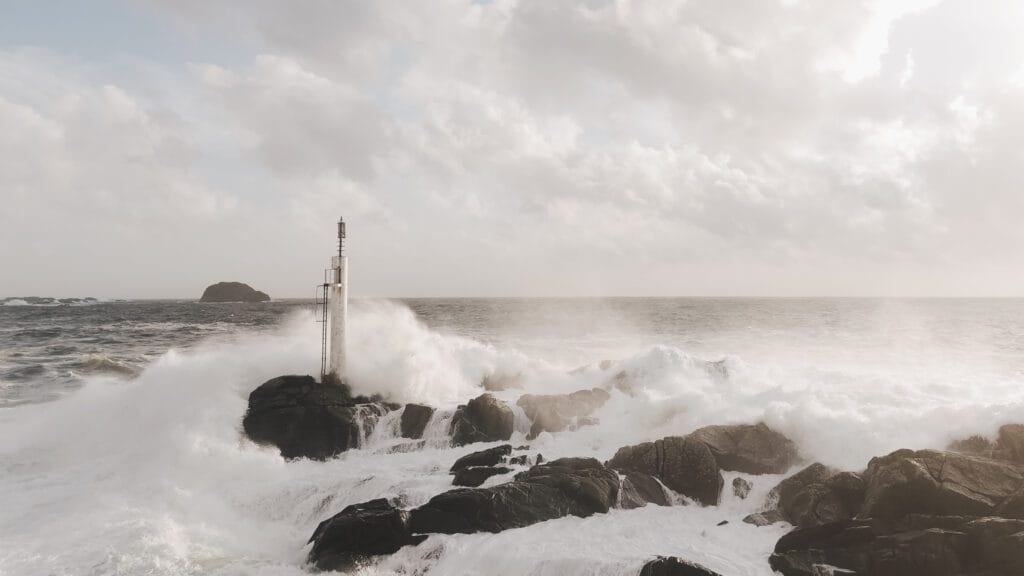
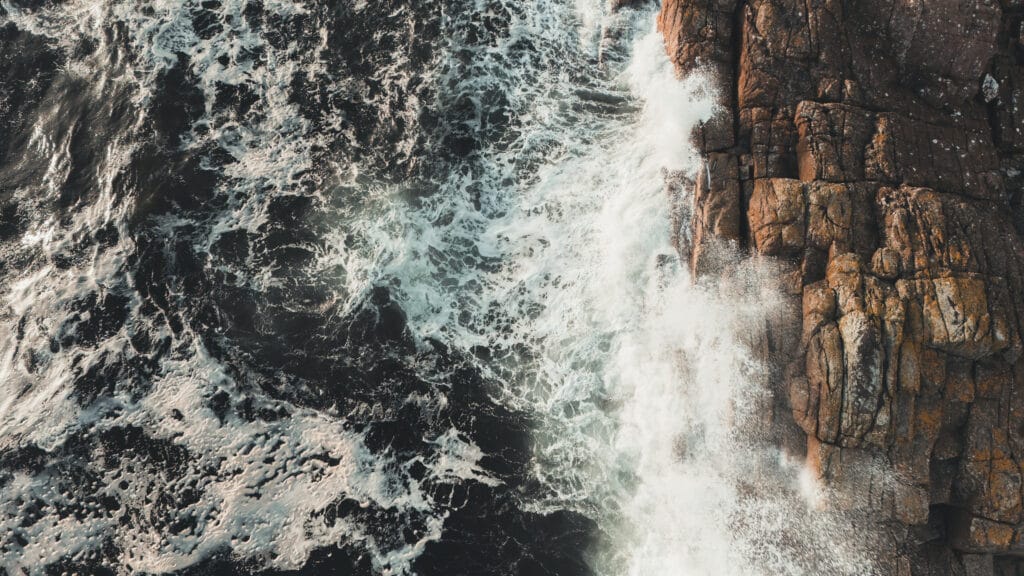
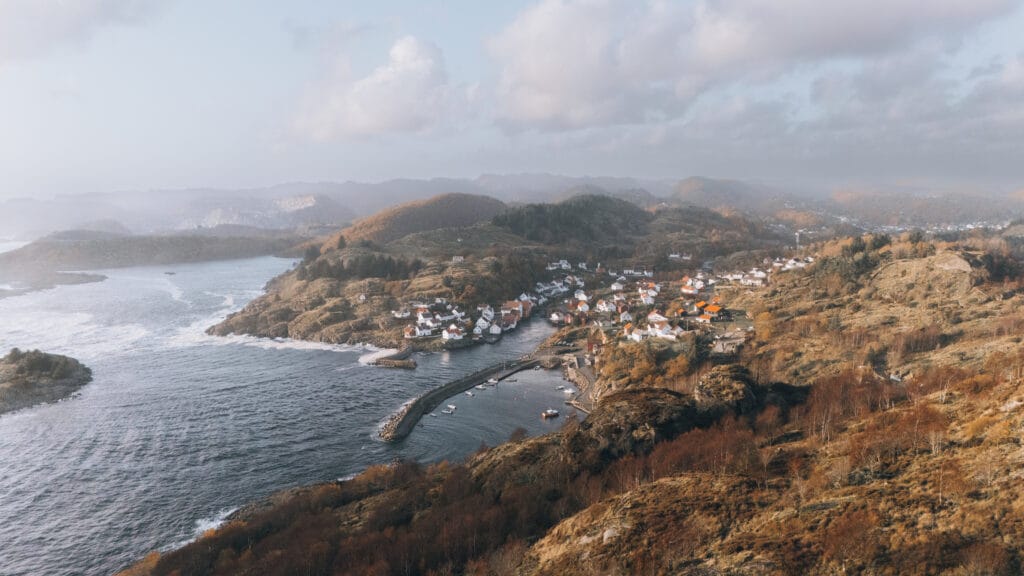
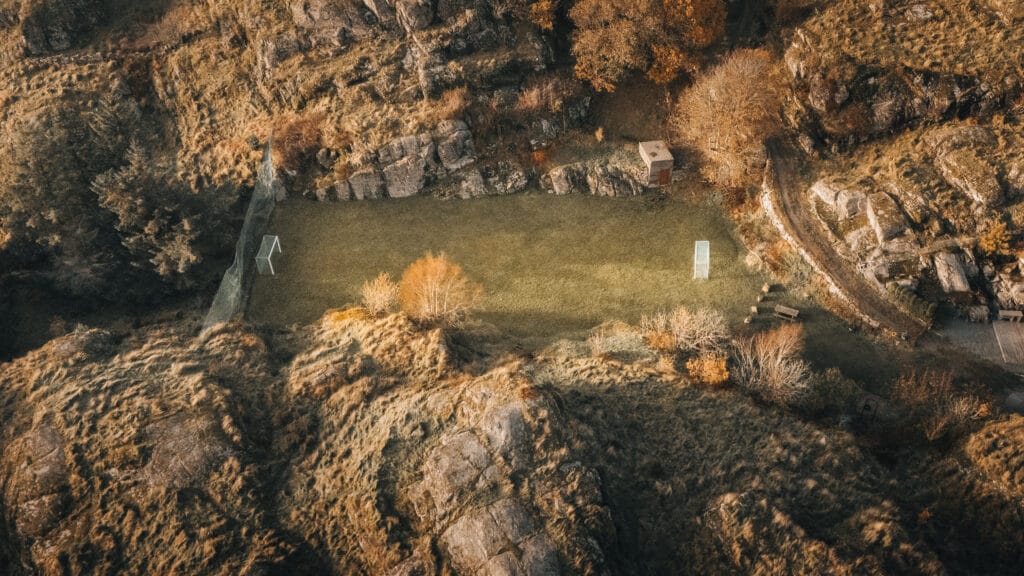
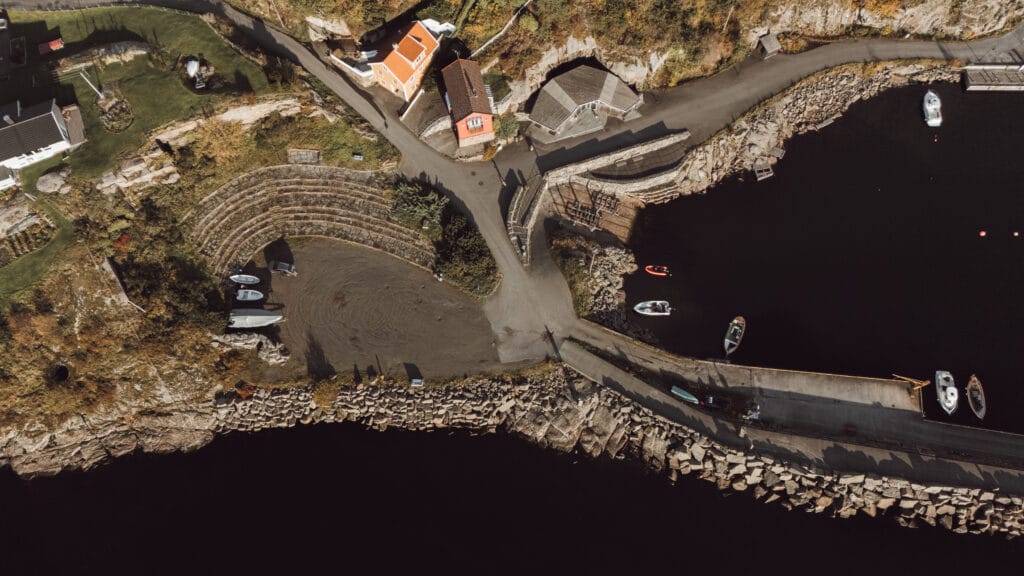
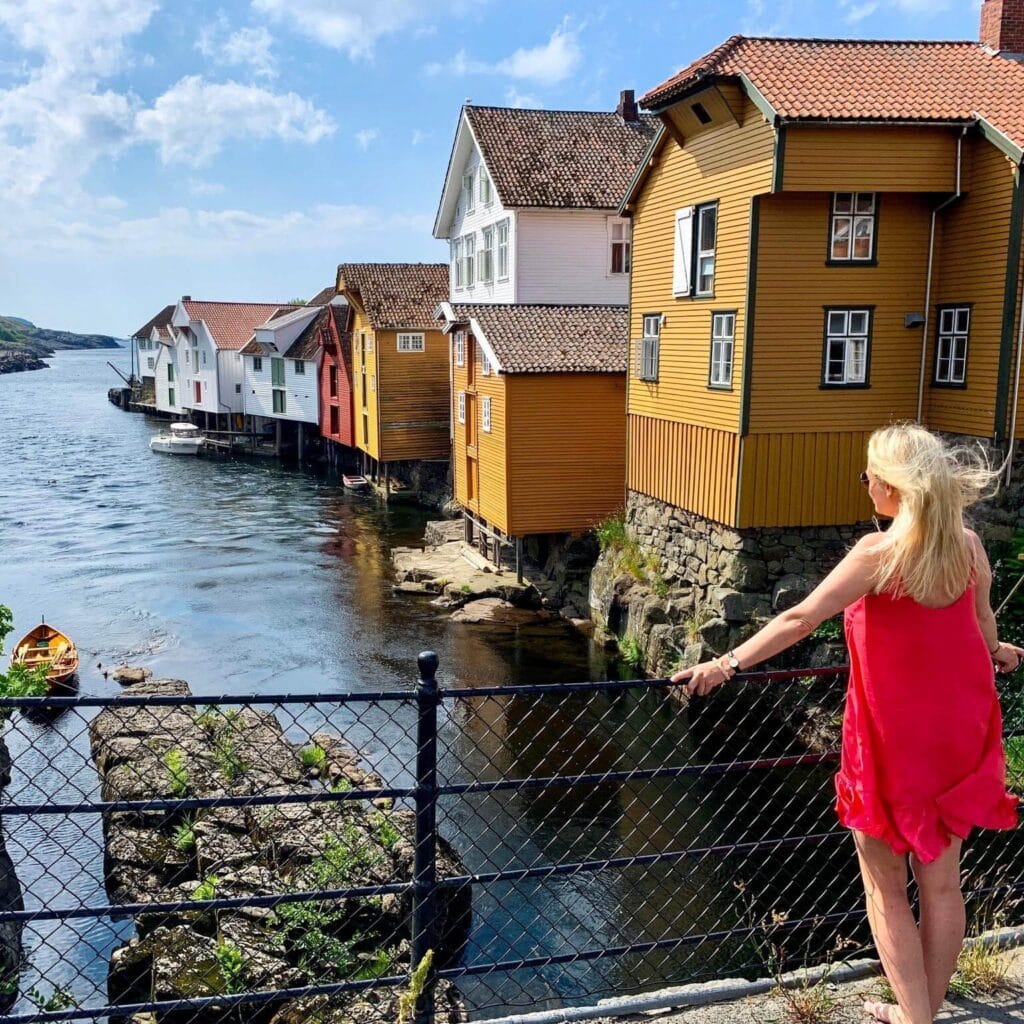
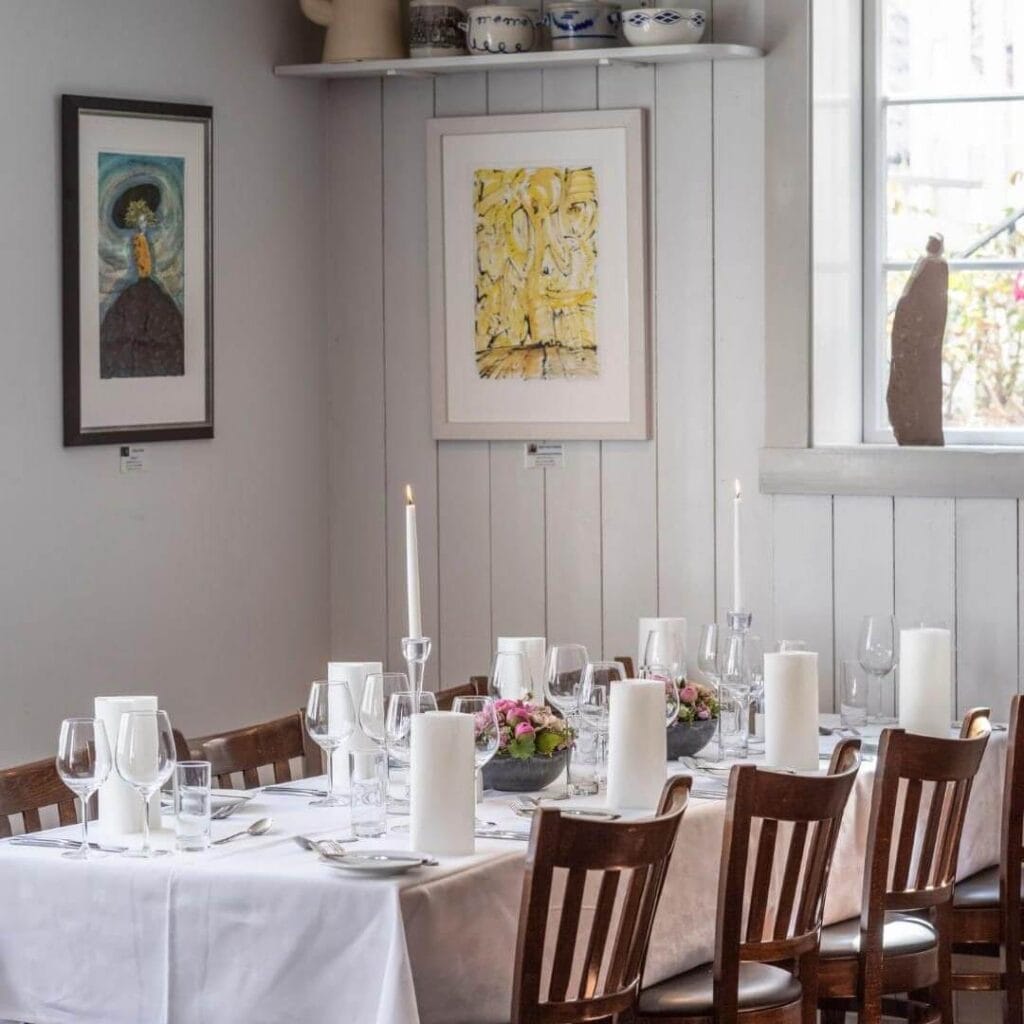
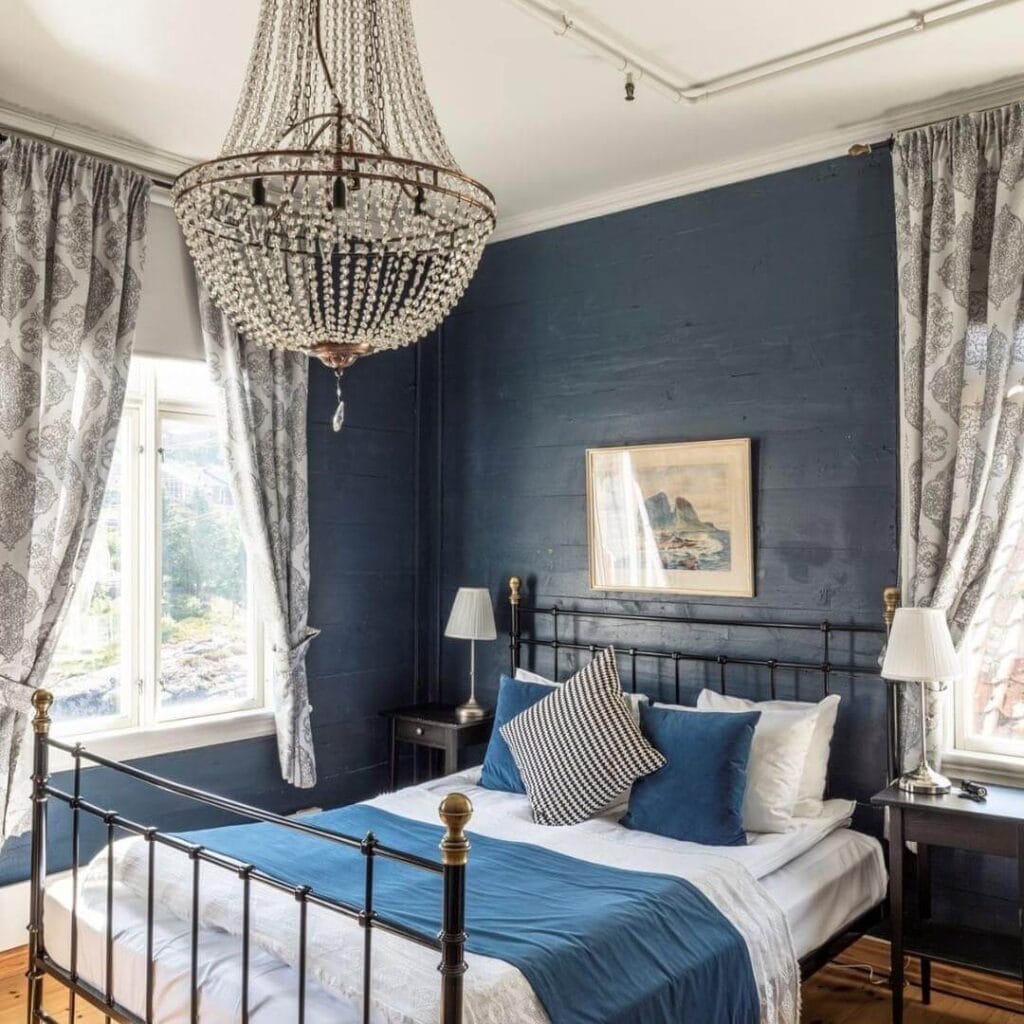
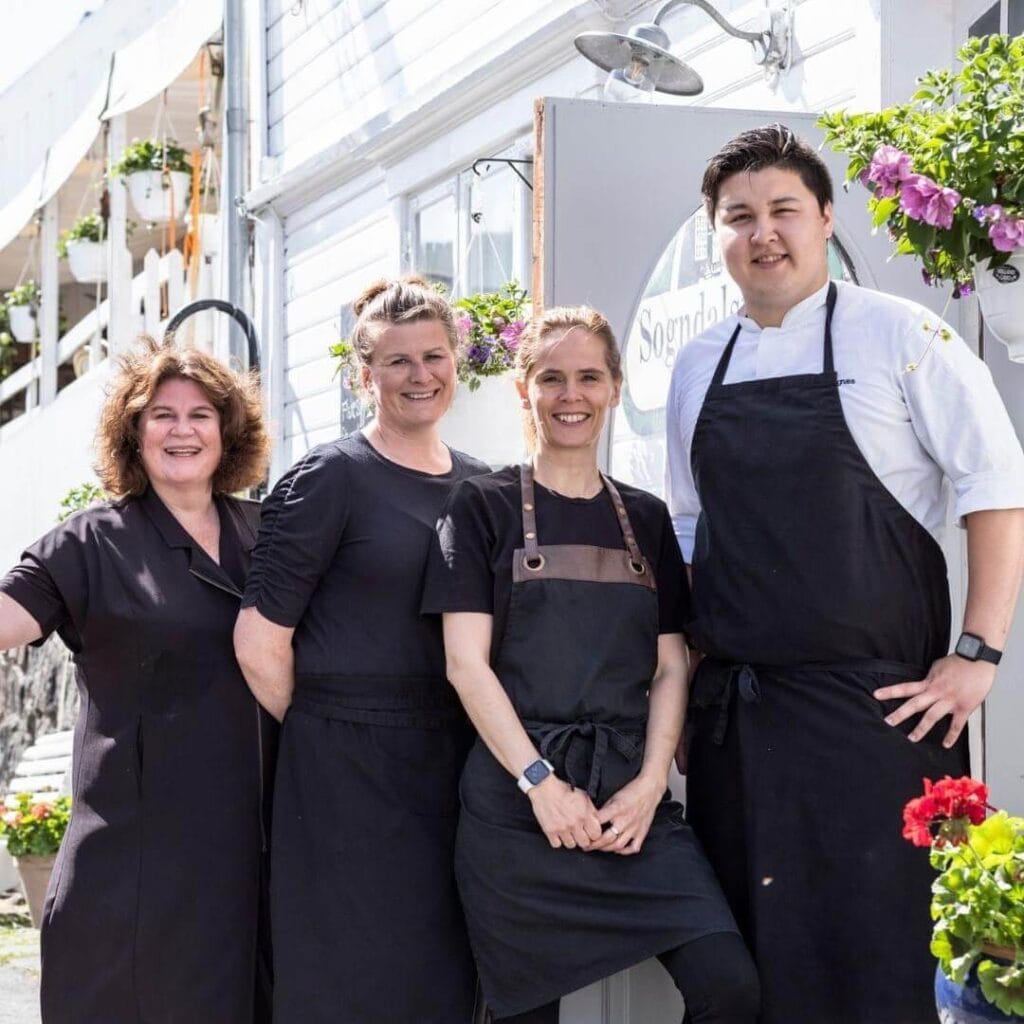
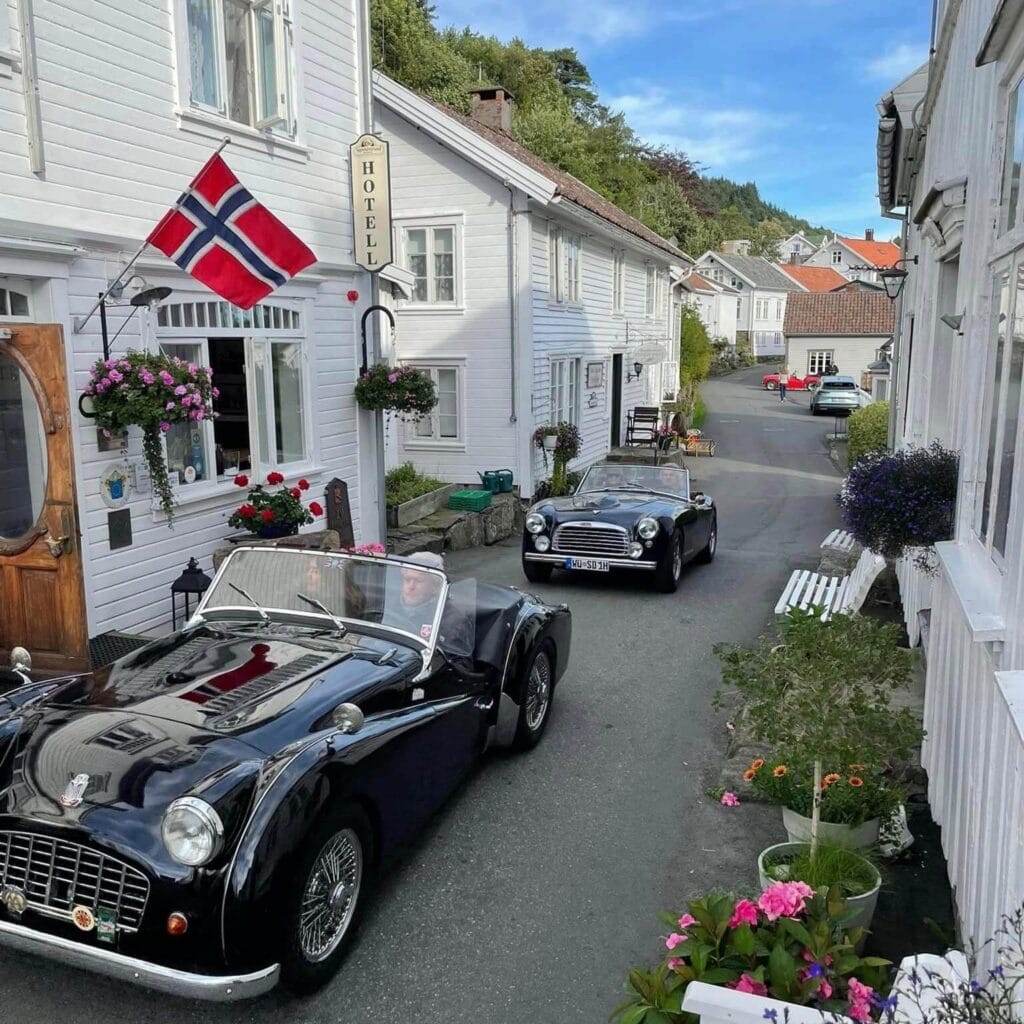
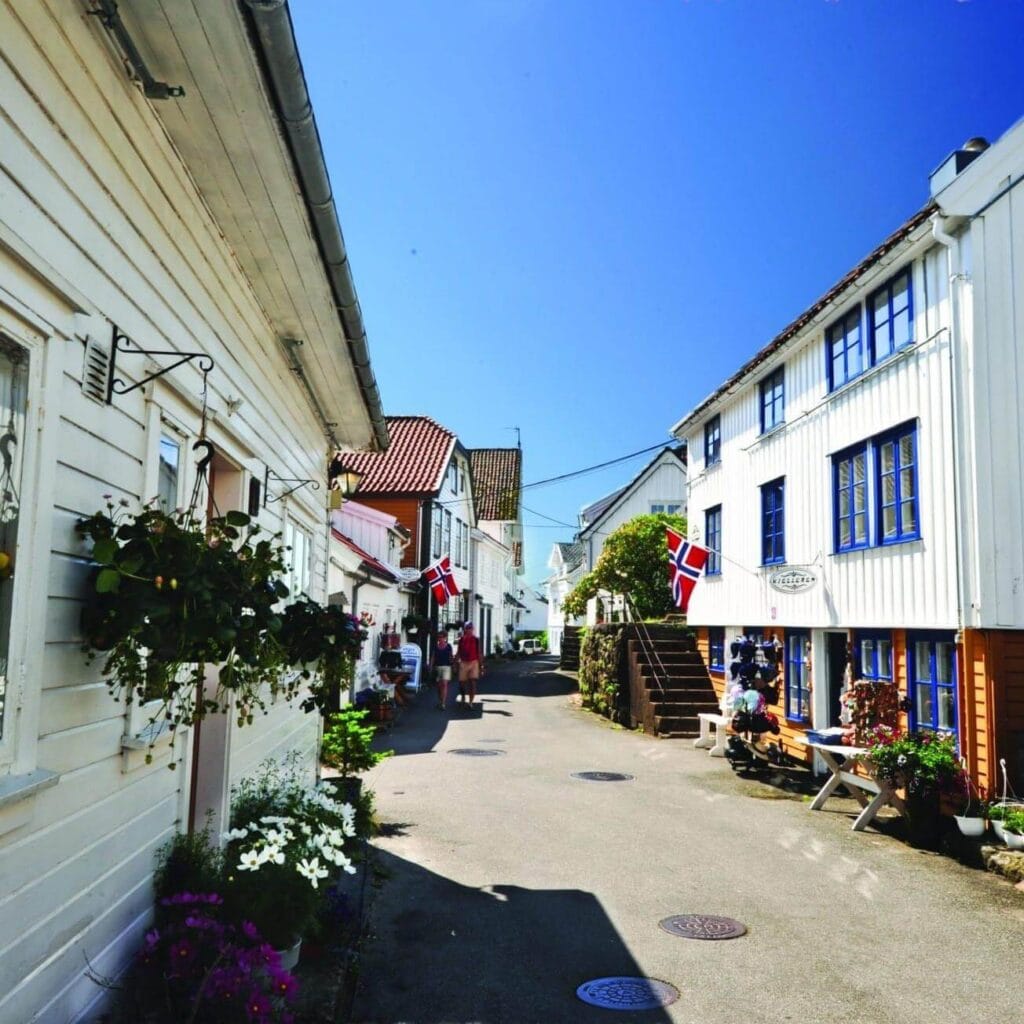
How to get there?
From Egersund; follow the RV44 to the south and follow the signs to the Sogndalstrand
From Flekkefjord; follow the RV44 to the west and follow the signs to the Sogndalstrand
See also: Visit Norway – Sogndalstrand
See also: Fjordnorway – Sogndalstrand
Category:
Geopark, Historic places, cultural, Magma Geopark Sites, Sokndal, Top 20
See more experiences in Magma Geopark